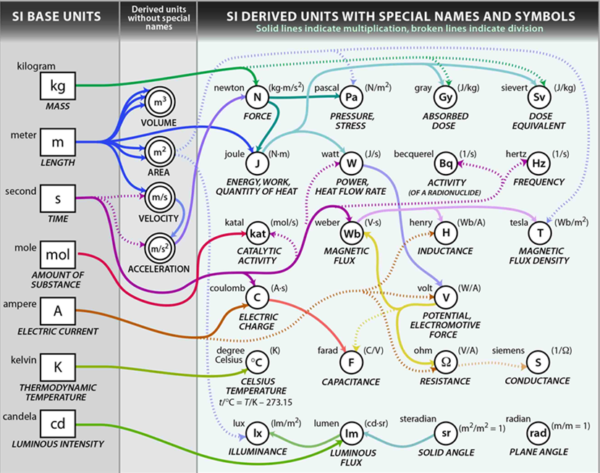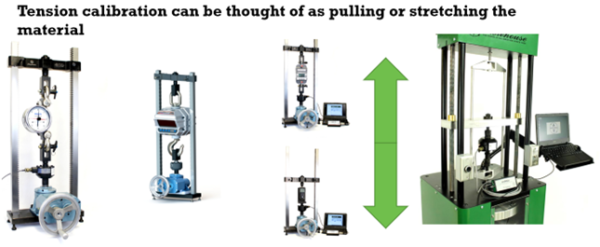Tension Force or Tension Forces
Morehouse Instrument Company has shared tremendous knowledge throughout the years through blogs, technical papers, and webinars. This education aligns with our purpose, which is to create a safer world by helping companies improve their force and torque measurements.
When someone is new to calibration or metrology, the information can be overwhelming. There is so much to digest that people can quickly become overwhelmed. Some have joked that an introduction to metrology is like trying to drink through a firehouse.
In this article, we are going to discuss a force calibration basic, Tension force, or tension forces. Let's start by defining force.
What is a Tension Force?
In his second law, Sir Isaac Newton stated that force controls motion; therefore, we must control the force if we are to control the motion. An example of force: I have an egg in my hand and want to break it by squeezing it in my hand. This egg will break at X known force. No matter where I am in the world, the same amount of force will be required to break the egg in my hand. It will not take less force to break this egg in Pennsylvania than in Peru.
A simple physics definition for force is mass times acceleration (F = m x a). As shown in the illustration below, force is a derived unit from the SI base units of Mass, Time, and Length. The International Committee for Weights and Measures in the Bureau International des Poids et Mesures (CIPM/BIPM) defines 1N as the force required to accelerate 1 kg to 1 meter per second per second in a vacuum.

Calibration is the comparison of an unknown (typically referred to as the Unit Under Test or UUT) to a device known within a certain error (typically referred to as the Calibration Standard or Reference Standard) to characterize the unknown. Therefore, compression force calibration compares a force instrument to a force reference standard to characterize the instrument in compression.
What is a Tension Force Calibration?
When discussing tension force calibration, we should think of something being stretched. I like to describe tension force calibration as a pull.

Above are multiple examples of tension setups in calibrating machines. The machine on the left is the Morehouse benchtop calibrating machine. A dynamometer is fixed to a stationary beam, and force is generated by pulling on the load cell and the dynamometer. More examples are shown with different instruments, from crane scales to hand-held force gauges. The picture on the right shows a load cell fixtured for tension calibration in a Morehouse deadweight machine. The load cell is fixtured to the frame, and the weights are applied and hung, which stretches the material. The key to getting great results in tension calibration is also adapters.
The ISO 376 Annex gives excellent guidance on adapters that help keep the line of force pure. It states, ”Loading fittings should be designed in such a way that the line of force application is not distorted. As a rule, tensile force transducers should be fitted with two ball nuts, two ball cups, and, if necessary, with two intermediate rings, while compressive force transducers should be fitted with one or two compression pads.”[i] Morehouse follows the ISO 376 standard for several of our products. We also design adapters to help technicians and end-users to replicate and reproduce calibration results.
Tension Force Calibration Conclusion
I take great pride in our knowledgeable team at Morehouse, who continue to work with everyone, clarify complex topics, and provide tools such as free guidance documents, excel sheets, and products to help you make better force measurements.
At Morehouse, we educate our customers and provide solutions to you from basic concepts about tension force or tension forces to more advanced measurement uncertainty topics. Most of these solutions are available for free to help you make better measurements and can be found here.
We have been in business for over a century and focus on being the most recognized name in the force sensor calibration business. That vision comes from educating our customers on what matters most, and having the proper discussions relating to force sensor calibration concepts, so everyone uses the proper methods and math.
If you enjoyed this article, check out our LinkedIn and YouTube channels for more helpful posts and videos.
We believe in changing how people think about force and torque calibration in everything we do. We challenge the "just calibrate it" mentality by educating our customers on what matters, what causes significant errors, and how to focus on reducing them. In addition, Morehouse makes simple-to-use calibration products.
We build excellent force equipment that is plumb, level, square, and rigid. Morehouse provides unparalleled calibration service with less than two-week lead times.
A video on what makes great force machines to calibrate tension force or tension forces can be found here.
Please contact us @ 717-843-0081 to talk to a live person or email info@mhforce.com.


